How to activate yeast in 3 easy steps
If you want to bake with confidence, learning how to activate yeast is the first step. For some reason, this terrifies about 99% of the people I know. Not just the activating, but the rising, kneading and baking that usually comes with it. But baking soft cinnamon rolls or a loaf of homemade bread won’t happen without it. This the part you don’t want to miss–let me show you how easy it is!
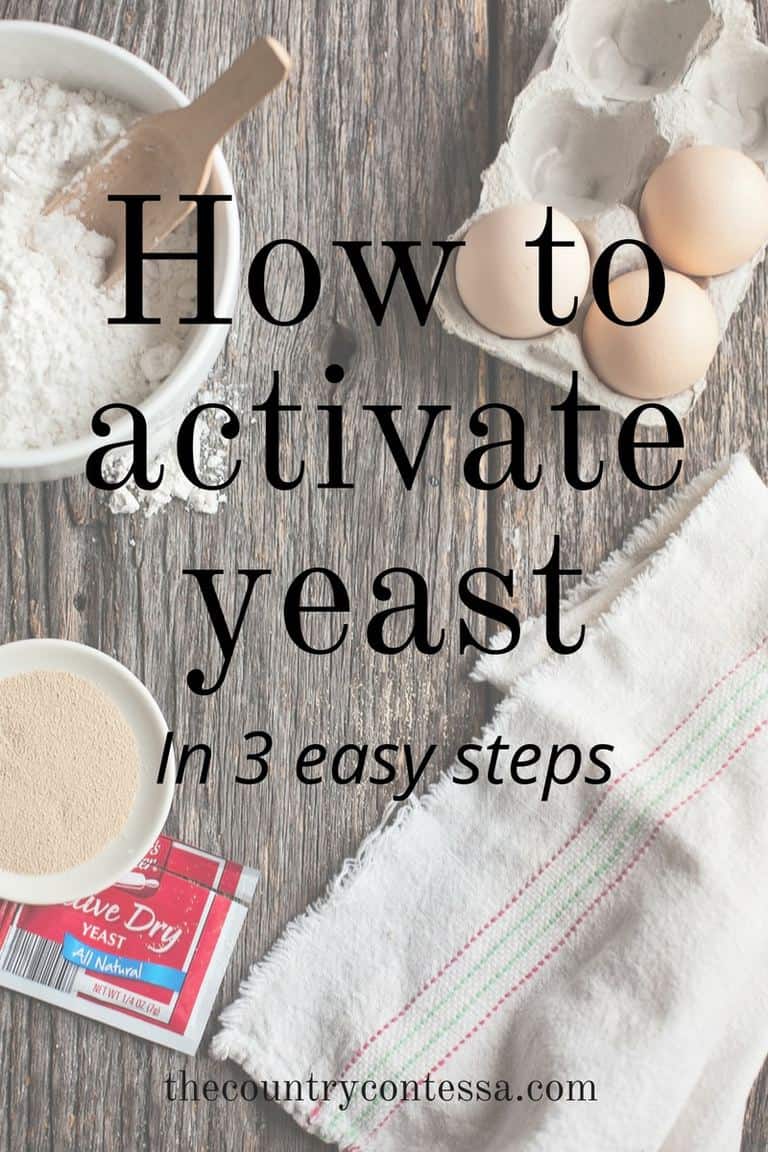
Maybe you’ve heard or lived the horror stories of trying to bake with yeast. You didn’t make bread. You made hockey pucks.
You didn’t make cinnamon rolls, you made petrified stone for your flower bed. Flat, hard, dry stuff that just didn’t do what you thought it would. What went wrong? It was something with your yeast which works as the leavening agent (the thing that makes bread rise).
There are only two things you can do to yeast: 1) not wake it up or 2) kill it. Both of which will make your bread flatter than a flitter. Because we all have absolutely no idea what a flitter is, but it sounds good.
Where do I get yeast?
You’ll find yeast in the baking aisle near the flour. It’s sold in a jar (way too much for most people to use) or in a three pack strip. Simply cut one or two packets from the strip to use as your recipe states. Each packet is about 2 1/4 teaspoons of the jarred kind.
Is there more than one kind of yeast?
Yep. You’ll probably see “fast acting” (sometimes called Rapid Rise) and regular. I just use regular. You aren’t going to save any time with the rapid rise kind really. There’s also fresh yeast, but it’s harder to find and not worth talking about right now.
Before you activate yeast
Before you properly activate your yeast with my method, do me a favor and check the expiration date on the package. Flip over the strip and make sure it’s still in date. Even if it expires that month, you should be fine. Just don’t use it if it’s out dated. It’s probably useless and there’s no point in risking in.
How to activate yeast: Step 1
This is the part that usually gets people, but it’s easy.
Yeast needs warm water to activate. How warm? Experts say about 110 degrees but who’s checking that?
Here’s how I do it: run some tap water until it’s warm. Not hot. Just warm. Now bump the faucet till you can say “Well, that’s definitely hotter than warm. Not so hot I want to wash dishes in it or anything, but hot enough.”
That’s the temperature you want. Fill your cup with the amount of water called for in the recipe (usually a cup) and sprinkle your packet of yeast over the top of the water. You don’t even need to stir it in. That’s what I did in this picture:
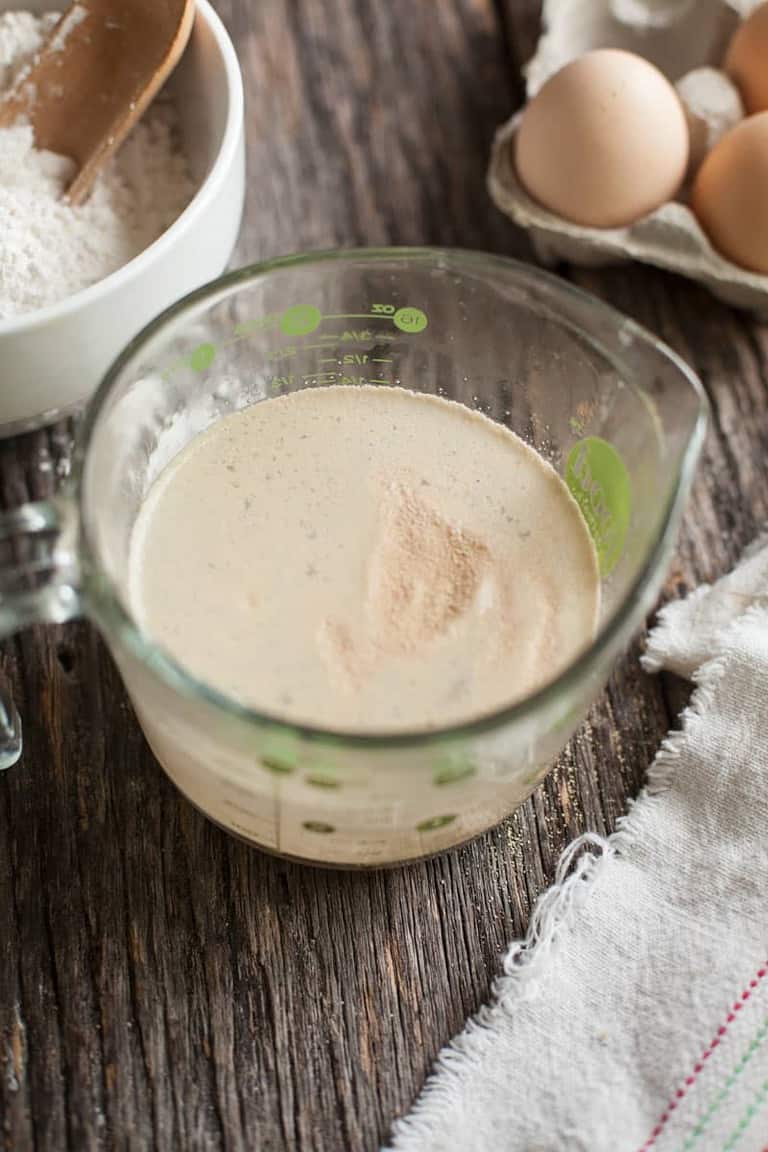
How to activate yeast step 2: Add a little sugar
Once you get the yeast on the water, add about a teaspoon of granulated sugar. Yeast is fed by sugar and this will help it multiply and activate with a little snack in its belly. Basically it speeds up the process.
Drop in the sugar and give it a stir with a spoon. After a couple of minutes it will start to look cloudy and have a little bit of foam on top. Be patient. The time is not yet! It looks like this:
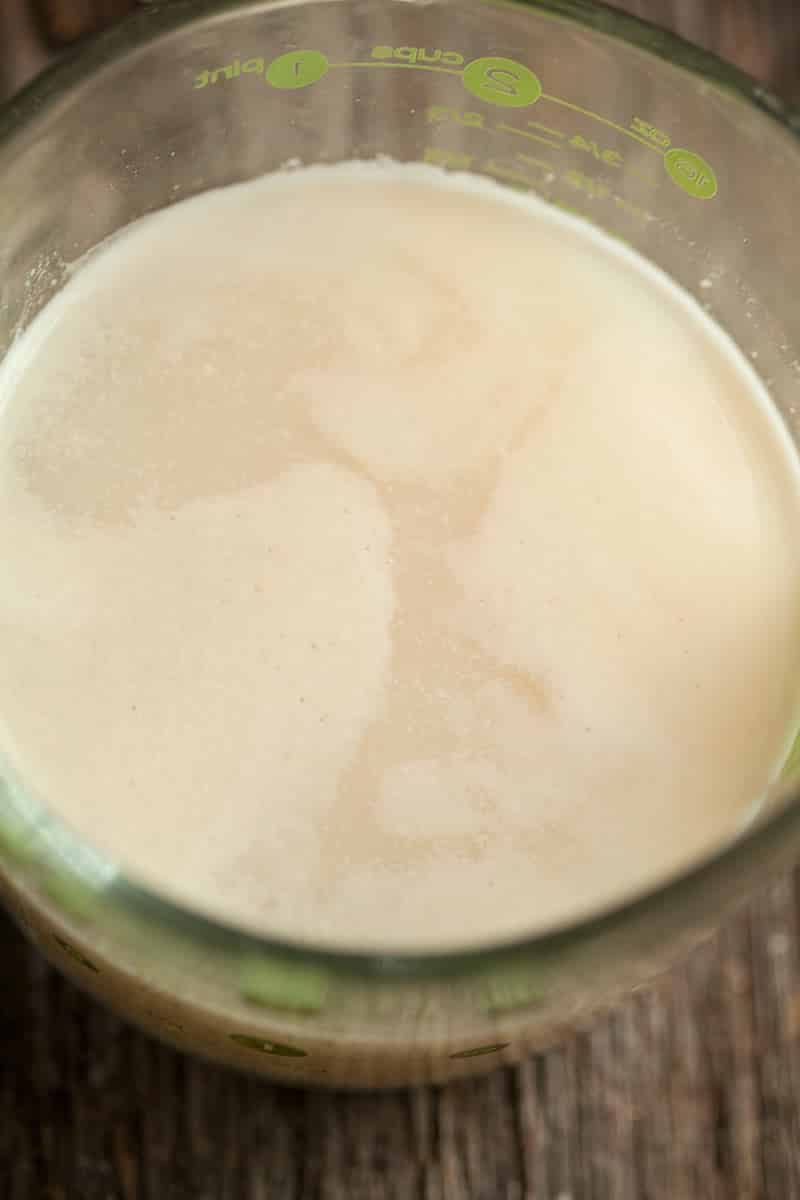
How to activate yeast step 3: Give it time
Depending on how warm your house is and how warm your water is, this step may take longer for some people. TV people say “five minutes” until your yeast starts to foam, but in my house where it’s cool right now, this step can take up to 15 minutes.
Sometimes I just stand there and watch my yeast like a nut case waiting to see something bubble to the top (and it will). When I see that, I just go ahead and throw it in my dough. But if you want to be totally sure, wait for this kind of foam or activity in the cup:
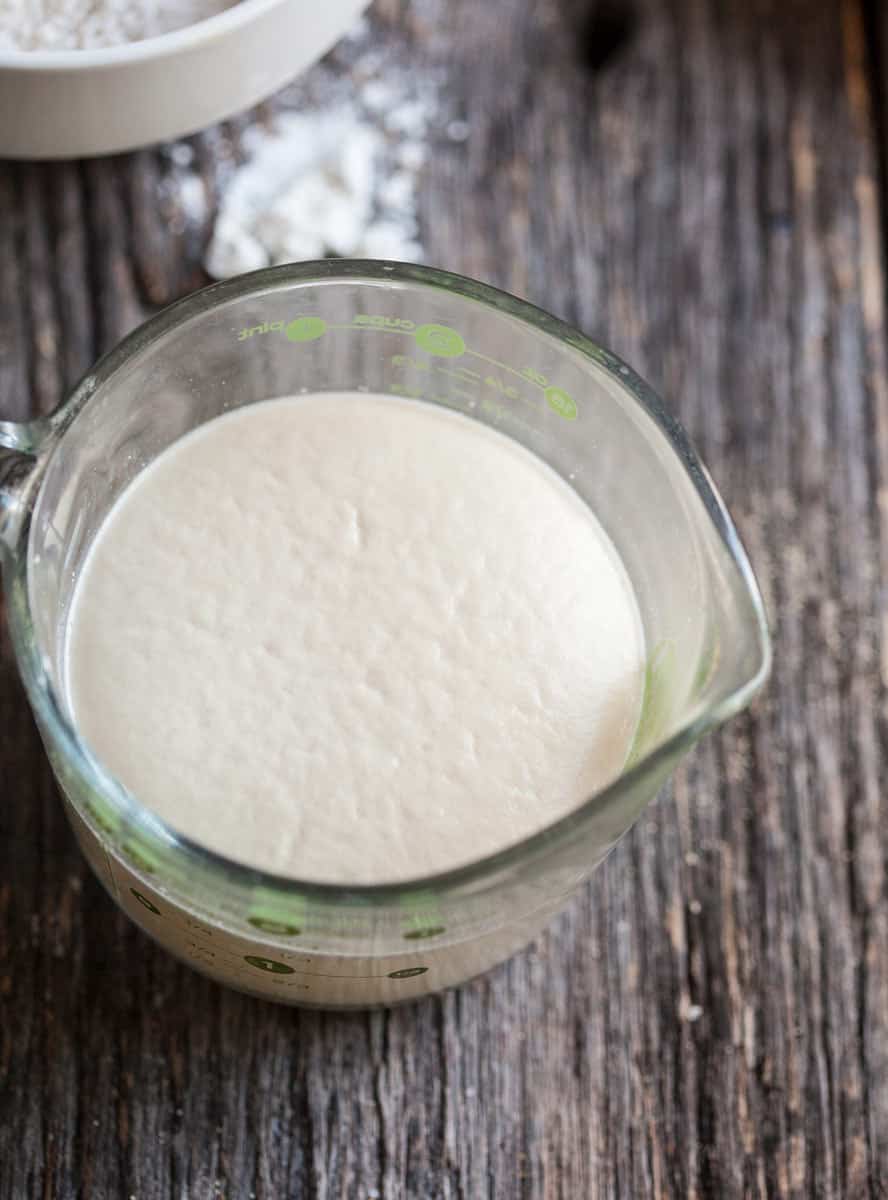
Once you see the foam, you’re ready to use your yeast in any recipe it calls for. If you DON’T see foam and you’ve been patient (given it 15 minutes or so), try again with another packet. If you made your water hot, try reducing that heat a bit and give it another try.
Just don’t go on and put it in your recipe like that. Lord knows nobody wants to waste hours baking something that is dead on arrival.
Still have questions? Watch me here:
Are you ready to bake? I knew it. 🙂
Get started with these easy recipes: Pull Apart Pumpkin Bread, Easy Yeast Rolls, or Soft Cinnamon Rolls.
Still have questions about how to activate yeast or anything on this topic? Comment below and let me know–I’m glad to help!
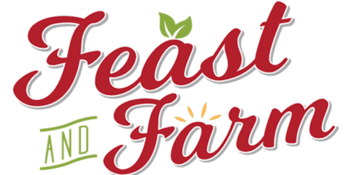


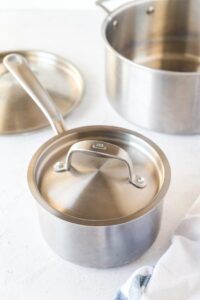


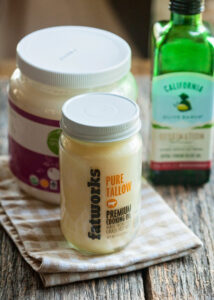
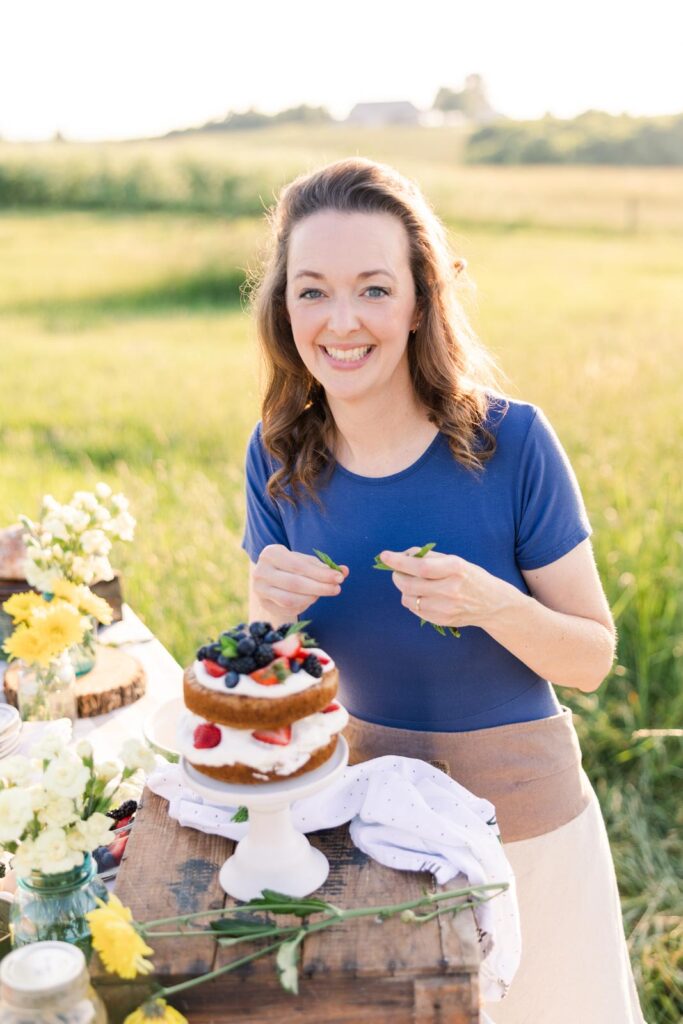
I’m new to baking with yeast. I used SAF premium instant twice, no rise. I activated a small amount today to make sure it’s not dead. It’s alive! Planning to activate first and try again. Do I need to stir the yeast mixture before adding to flour mixture? Do I use the liquid called for in the recipe to activate or do I double up? I’m using a recipe that calls for instant yeast added directly to ingredients. Please help. ?
Hey Trinette, Let’s see if I can answer everything clearly for you. If you activate your yeast in water, you’ll add your liquid with the yeast to your bowl and then add the flour in to that. Just use a spatula to scrape out any yeast that may linger in your measuring cup. Always use the liquid called for in the recipe to activate your yeast and don’t double up–you’d ruin your recipe if you did that. You can activate instant yeast just like active dry so if you have had trouble in the past with your recipes not rising, just activate it first and go from there. Let me know if any of that isn’t clear. –Rachel
I activated my yeast, worked fine. I used the warm water and a bit of sugar. For the recipe I used Betty Crocker’s recipe but because we have diabetes in the family I tried using Monk Fruit sweetener. It didn’t rise as I expected. The recipe called for 2 packets of yeast but I used 5 teaspoons (online the equivalent of a packet was 2.25tsp.) of the Saf-Instant yeast. Does Monk Fruit not work with the yeast in the same way as regular sugar? I shape it into cinnamon rolls and I am currently waiting for the 2nd rise with little hope of the outcome being what I would like it to be…Here’s hoping. Please let me know if you know anything about Monk Fruit and yeast.
Hey Peggy–yes so here’s the deal with sweeteners, bread and baking: Cane sugar (granulated) doesn’t just add sweetness to baking recipes. It provides a chemical reaction to give texture and rise. Baking is more science than anything else. So when you swap that for an ingredient that is not sugar–Splenda (terrible stuff), Monk Fruit, palm sugar, maple sugar and sometimes even coconut sugar (it works a tad better than the others) you don’t get the chemical reaction that comes with cane sugar and your bread and baked goods will be flat as a flitter no matter how much yeast you use. Most Monk Fruit has added erythritol in it as well which could effect the rise. All my research says that you simply can’t bake with success with Monk Fruit and instead to use it in desserts like gelatins, or puddings…I have a raspberry fool dessert here on the site that would be great with it, but not for breads I’m afraid. 🙁 –Rachel
Do we just add the foam or also the liquid?
You add all the liquid too Juliana according to your recipe. The yeast is dissolved in the liquid (not just the foam) so you need it all. –Rachel
I have one of those solid vacuum packed yeast packages, 1 lb, Saf-Instant and it has a good date (2022). Once I open it, how should it be stored? Should I put it in a jar in the refrigerator or just in the cupboard on a shelf. I live in Arizona where it is hot and dry but the house is cool (never hotter than 80 degrees but more like 77). When activating yeast in the past, I never used all the liquid called for in the recipe but just a portion of it and it always worked well.
It can stay on your shelf no problem Peggy. You can freeze it for a bit longer life (I’ve had some readers say they used yeast that had been frozen 2 years past expiration with no issues but you’d want to activate it and make sure before baking with it). –Rachel
You gotta freeze or refrigerate dry yeast once opened unless you are going to open a bakery in the next couple of days. That much yeast I would put in the freezer.
My yeast just arrived from Amazon last night after waiting for 2 weeks!!!!! It’s hard as a rock. How do I soften it before using or measuring 1/4 t?
Help me here Jacqueline–is it a big package and it feels hard? If so, it’s because of how it was vacuum sealed. When you cut it open it will be loose inside. Let me know if that’s what you have going on. And you’ll need 2 1/4 teaspoons for most recipes–not 1/4–just wanted to make sure you knew that. –Rachel
I am using a bread maker and I use milk instead of water. Can I use this method to activate the yeast I. Warm milk instead of water?
Also, In how much water or milk do you need to activate the yeast? Do you use the whole amount of the recipe?
Warm milk is great for activating yeast Linda. You’ll need to follow whatever recipe you are using for the amount of liquid to activate in. It should tell you. –Rachel
It’s …”flatter than a fritter”. ? I’m 62 and my mom used to say that.
I also am using the big block of quick yeast because grocery was out of packets. It must be like what a bakery would use.
I have a scale; how much is in one packet? 3 ounces?
A packet is 1/4 of an ounce Tammy. 🙂 –Rachel
I have a recipe that calls for quick rise yeast. Because all stores are out of yeast the only one I could find was dry active yeast. How much do I use and how much water do I put it in to activate it?
James you can use the same amount (1 package) as your recipe calls for. To activate it, I’d have to see your recipe but whatever liquid there is (water, milk) you can warm that and add the yeast to it to activate then add it to your recipe. Let me know if you have other questions. –Rachel
I’ve made 3 batches of cinnamon rolls with 3 different containers of yeast and I now have bricks to build a garden box!! I used to make these rolls weekly in my old house. I even used thermometer to check temperature. Wondering what the heck is going on. The dough rises first rise. When I roll it out and attempt second rise it’s flat & heavy. I’m rolling on cold granite countertop.. could that deactivate it? Appreciate help. Thank You
Now this is so interesting Lori. I’d love to see the recipe you use if you want to attach it here. I don’t think the countertop is the issue–it’s not cold enough to do that I wouldn’t think…the yeast is activated if you get that first rise and should remain that way for the second. Do the rolls rise at all on the second go? Or no? I’m scratching my head on this! All you could do is try rolling on a different surface (kitchen table, large cutting board) and see what happens and we will go from there. –Rachel
OMG, this recipe was suppose to be easy……no where did the recipe say how to activate the yeast, so I guess I can’t make it. Is there any way to doctor up the dough so I don’t have to throw it out ??
You’d have to show me the recipe you have first Patty. I’d have to see what it says to help you. –Rachel
For Instant this is an optional step. You don’t have to activate instant yeast (as opposed to dry active yeast) but it’s something to do if you are worried it may be dead.